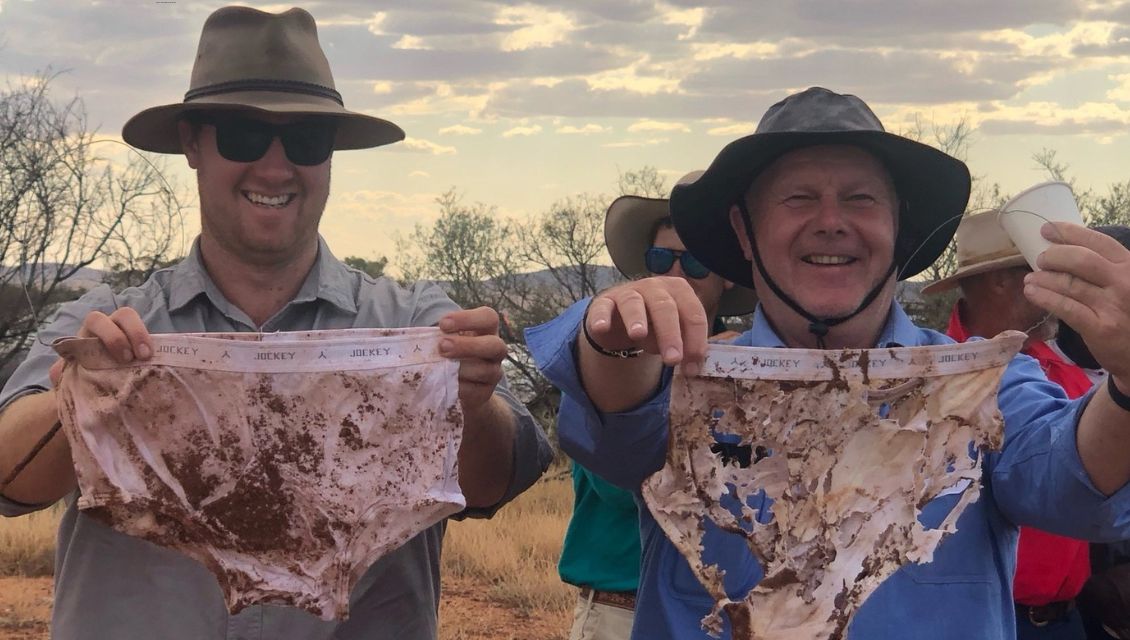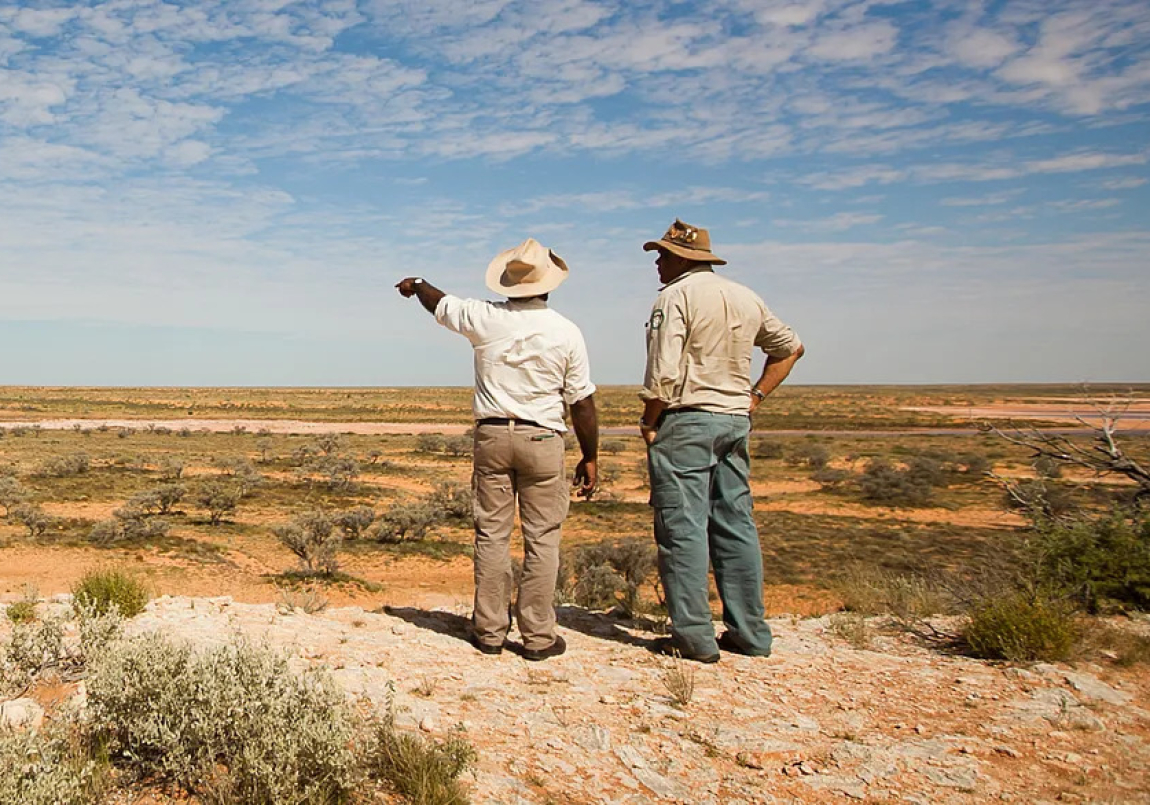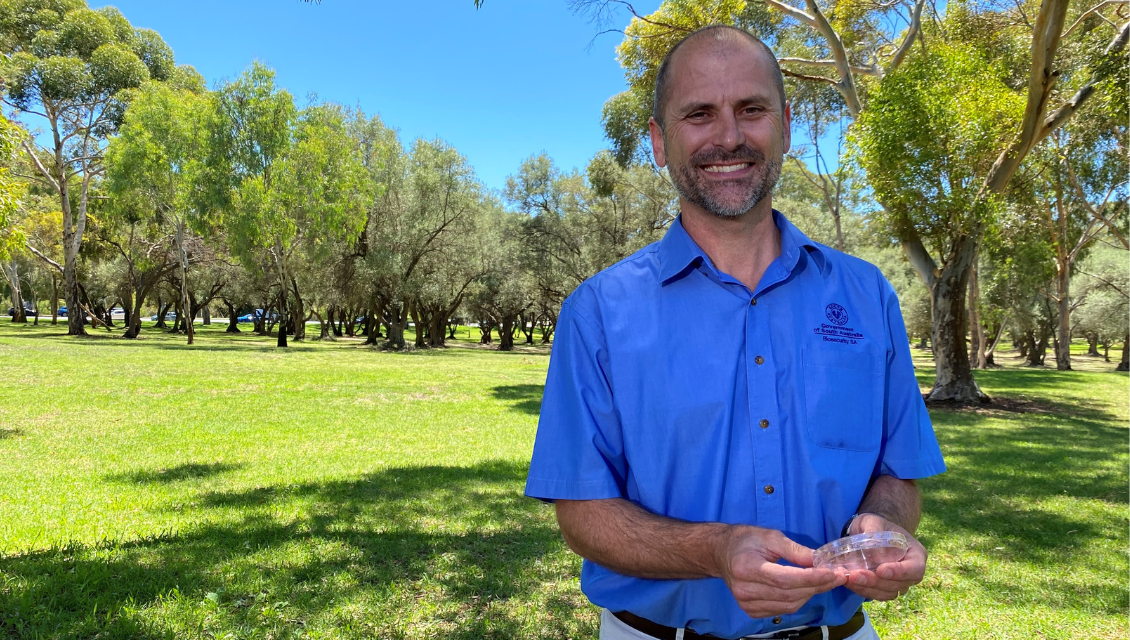
The species Karenia mikimotoi has been identified as the cause of the microalgae bloom on the Fleurieu Peninsula.
Human exposure to Karenia mikimotoi can cause respiratory and eye irritation or skin rashes in some people, while ingestion can cause stomach upsets of flu-like symptoms.
It can also cause mass mortalities of marine species at varying concentrations.
The Environment Protection Authority (EPA) expects the microalgae will dissipate naturally over time depending on wind, swell and tidal conditions and they will continue to monitor the bloom.
Over the past week, there have been reports from the public of sightings of the bloom, and its effects on marine life and humans, from Cape Jervis to Encounter Bay.
Waitpinga Beach and Parsons Beach will remain closed until further notice and people are urged to adhere to the warning signs located at other council-run beaches.
SA Health Principal Water Quality Adviser David Cunliffe said there were no-long term effects on humans who were exposed to Karenia mikimotoi, and that symptoms disappeared when the exposure stopped or following washing in clean water.
"In general, people should avoid contact with discoloured fresh or marine water," Mr Cunliffe said.
"If they do enter this water, they should take care to wash in clean water afterwards."
The bloom has been driven by an ongoing marine heatwave, with water temperatures currently 2.5 degrees warmer than usual and relatively calm marine conditions.
Events of this type of algae have been observed in marine waters across the world, first being recorded in the 1930s.
The last time a large event of this type of algae was recorded in SA was in 2014 in Coffin Bay.
To report conditions please contact Fishwatch on 1800 065 522, or the EPA on 1800 623 445 or via yourepa@sa.gov.au.






